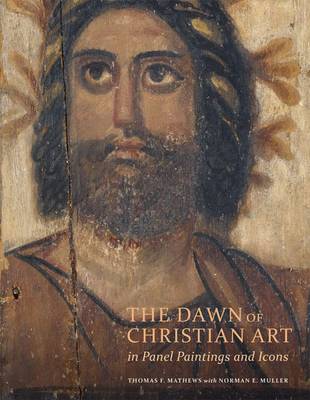Staking out new territory in the history of art, this book presents a compelling argument for a lost link between the panel-painting tradition of Greek antiquity and Christian paintings of Byzantium and the Renaissance. While art historians place the origin of icons in the seventh century, Thomas F. Mathews finds strong evidence as early as the second century in the texts of Irenaeus and the Acts of John that describe private Christian worship. In closely studying an obscure set of sixty neglected panel paintings from Egypt in Roman times, the author explains how these paintings of the Egyptian gods offer the missing link in the long history of religious painting. Christian panel paintings and icons are for the first time placed in a continuum with the pagan paintings that preceded them, sharing elements of iconography, technology, and religious usages as votive offerings.Exciting discoveries punctuate the narrative: the technology of the triptych, enormously popular in Europe, traced by the authors to the construction of Egyptian portable shrines, such as the Isis and Serapis of the J.
Paul Getty Museum; the discovery that the egg tempera painting medium, usually credited to Renaissance artistCimabue, has been identified in Egyptian panels a millennium earlier; and the reconstruction of a ring of icons on the chancel of Saint Sophia in Istanbul.This book will be a vital addition to the fields ofEgyptian, Greco-Roman, and late antique art history and, more generally, to the history of painting.
- ISBN10 1606065092
- ISBN13 9781606065099
- Publish Date 6 January 2017
- Publish Status Active
- Publish Country US
- Publisher Getty Trust Publications
- Imprint J. Paul Getty Museum
- Format Hardcover
- Pages 256
- Language English
